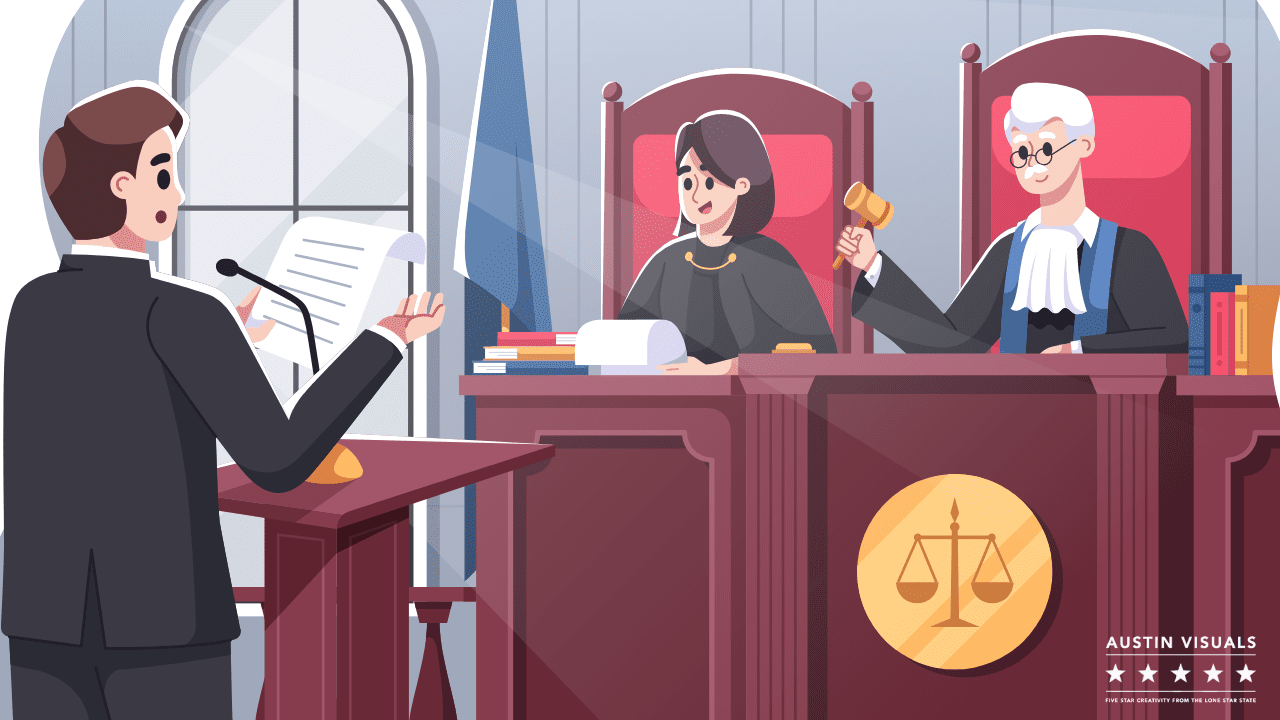
How To Choose The Right Team To Develop Your Trial Graphics

When presenting evidence in court, trial graphics can help parties to agree and reach a fair decision. These animated graphics never include fabricated evidence, but always rely on real reports, data, and witness testimony. In addition, these courtroom graphics help witnesses attach their testimony to a motion in limine opposition, demonstrating a knowledge-based foundation. Trial graphics are not just for the courtroom; they can also help parties and juries come to an agreement.
Legal Video
As a trial attorney, you can use a legal video trial graphic in a variety of ways to make your case more compelling to the jury. Trial graphics can help you win your case by making the jury remember your client’s case. They can also increase your chances of a pre-trial settlement because the opposing attorney will be more willing to talk to you about a settlement offer if you can provide them with convincing trial graphics.
Anatomical Diagrams
Anatomical diagrams in trial graphics are useful in courtrooms as well as in the field of medical science. Many jurors are not medical experts and may not be able to visualize how the body functions. Anatomical diagrams help them follow expert testimony by showing cause-and-effect relationships and how the body can respond to specific circumstances. They can also help explain the client’s position in a courtroom setting.
Charts
Trial graphics are charts, diagrams, or timelines designed to summarize information. They can include multiple levels of information and logic clusters, easy-to-understand representations, and legends to further delineate divisions. If your trial involves a long trial, you may want to choose a trial graphic that is both aesthetically pleasing and logically arranged. Trial graphics are a powerful tool for presenting and analyzing complex information.
Graphs
When choosing a Trial Graphics development team, it is important to review their samples of previous work. You should also know about the process and how they interact with litigation teams. It may be necessary to train them for the process. You should also ask for references. You can evaluate their references after meeting them in person. In addition, ask if they have a track record of success in the field of trial graphics development. Here are some tips to help you choose the right one:
Diagrams
Trial graphics are a critical part of the closing argument. Even though the jury may not be medically trained, they can still understand the various parts of the body. Trial graphics diagrams can help them understand how a specific body part works and how it responds to certain conditions. These images can help jurors follow expert testimony more easily, and they can also help them understand how your client’s position affects the body. Below are a few tips for using trial graphics to your advantage during closing arguments.
Illustrations
There are a variety of illustrations for these graphics, including medical animations and 3D technical illustrations. A medical animation may illustrate the effects of a drug on a client’s organs, while a 3D technical illustration may illustrate the inner workings of an oil and gas drilling rig, or the malfunctions of a specific component. These visuals can help convince jurors of a particular side of the case.
Animations
It can be among the most effective forms of evidence. They can transport jurors to a crucial moment in time, show how an injury actually took place, or break down an incredibly complex process or product into easily understood pieces. This kind of evidence is invaluable in any case and can be especially effective in cases involving product liability or construction defects. If you are planning to use trial animations in your next case, here are a few ways to ensure a successful outcome.




